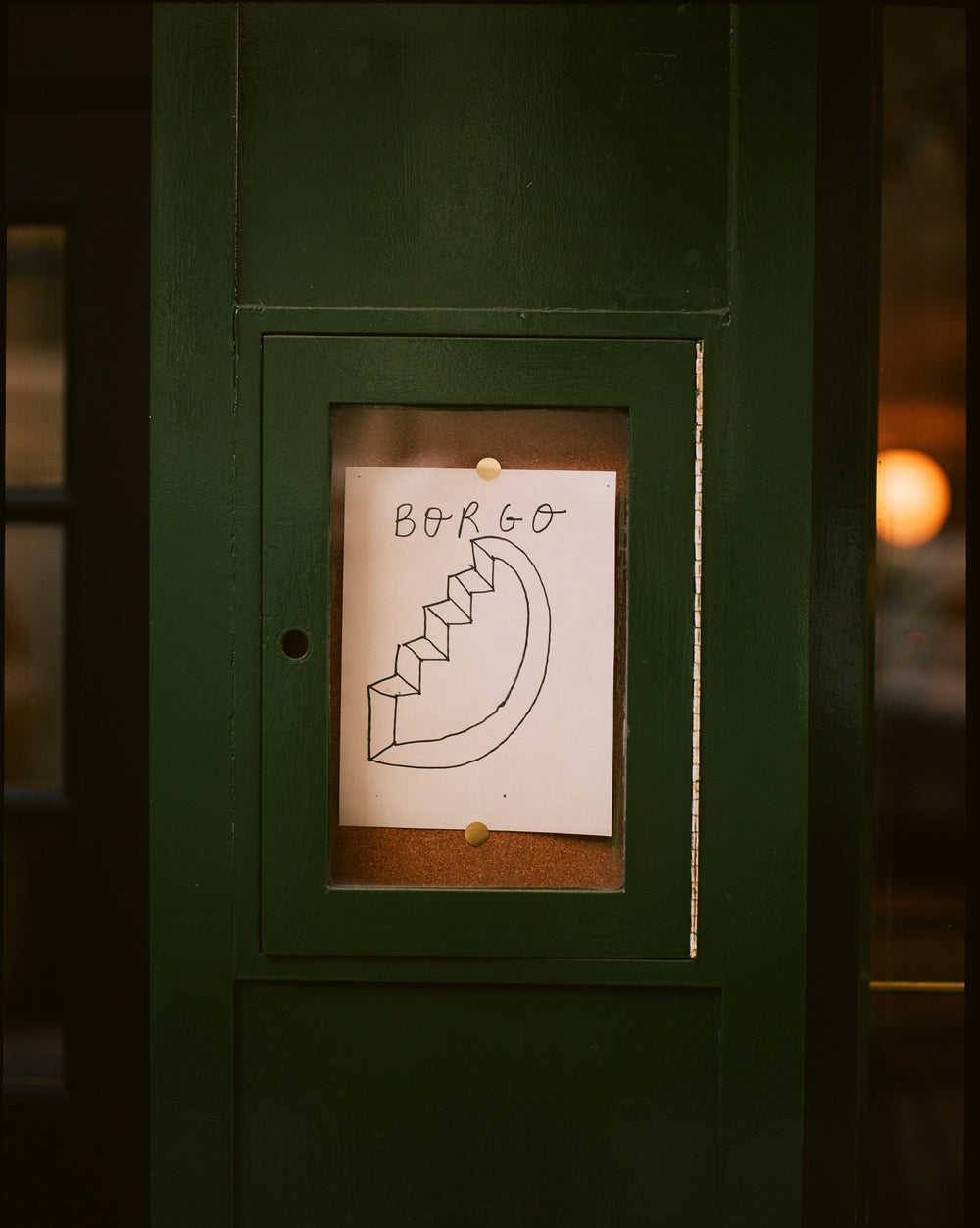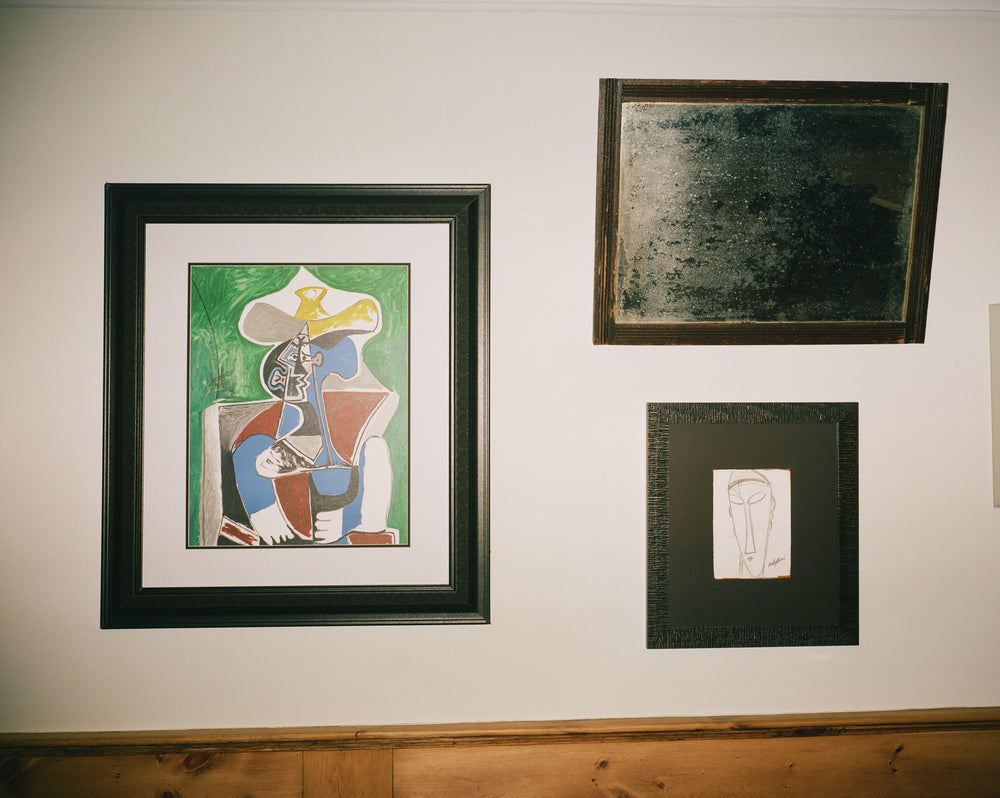Food & DrinkNew York
The Restaurateur
By Finlay Renwick
May 2, 2025

A lot of people open restaurants, but not many can claim to have invented, or at least heavily influenced, an entire scene.
During the boom period of Brooklyn, a long stretch during the 2000s and 2010s, when that corner of New York seemed to be at the epicentre of all things cool, Andrew Tarlow’s restaurants, namely Diner and Marlow & Sons (which recently closed after more than 20 years), pioneered the farm to table, casual service, good music and exposed brick aesthetic that has spread around the world. Walk into a restaurant in Jakarta, Tbilisi or Toronto and you’re going to see a through-line of what Tarlow, his former business partner Mark Firth, and a handful of other contemporaries started. Diner opened in 1998—a lifetime ago in restaurant terms.

For his first venture across the bridge and into Manhattan, and his first new restaurant in more than a decade, Tarlow settled on the site of a former Pugliese restaurant, Trulli, on East 27th street. Close to the river, not too far from the Empire State Building. Borgo is painted dark green and features two large, airy dining rooms with pale wood, white tablecloths, art from Andrew’s own collection on the walls, a marble bar and tasteful lighting. The New Yorker says it has, "a sense of stately elegance and offhanded ease.”
It’s a beautiful room to have spring lamb, or tuna carpaccio with English peas, or wood-oven chicken in. This being New York, and this being a restaurant in New York, securing a reservation is a full-contact sport.

“It took us nearly two years to find the right spot,” says Tarlow, sat at a corner table on a sunny weekday lunchtime. “It had a wood burning oven and a courtyard. My wife and I design and basically build all of our restaurants. Being able to introduce a new menu, then edit it down, refine it, that’s what I really enjoy. Seeing how customers respond. We could have done a pizza thing, but I wanted to go bigger than that. The sort of place you can come to for an Italian feast. Orchestrating a menu and a style at this scale has been an enjoyable challenge.”
Tarlow started out as a bartender at The Odeon, Kieth and Brian McNally and Lynn Wagenknecht’s legendary Tribeca cafeteria for the downtown set. McNally transformed a once-shabby part of Manhattan into a cultural locus–a place to see, and be seen, and drink martinis– something that Tarlow would go on to do with Williamsburg.

“It was pretty desolate when we first arrived there,” says Tarlow, “but I couldn’t tell you why we chose it as an area. I wish I could say that I knew it would turn into something special, but I’d be lying to you. At the time there was no real hub or community. There was a building across from us that was full of artists and they made Diner a sort of unofficial clubhouse. We were lucky in a way.”
“I think we captured something special that’s now been going on for 27 years.”

So far, it looks like Tarlow’s Midas touch has translated to the very different requirements of Manhattan. “All of my restaurants are unique, but I like to think they retain this thumbprint of humanity and a focus around people. You need to build a restaurant around the people who live close by, they have to believe in it. That’s what we achieved in Brooklyn, and I think we’re on the right track with Borgo.
“I only ever build places where I want to go for dinner. And I like to think the dinner here is pretty good.”




